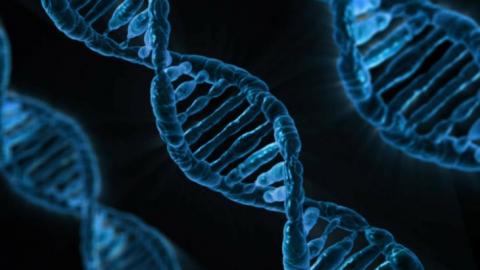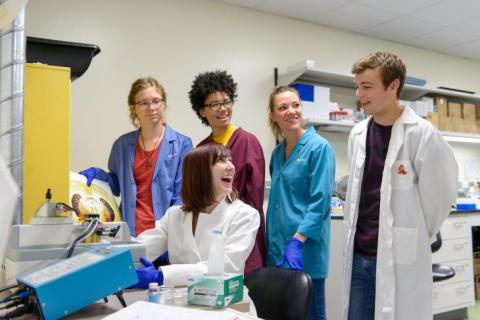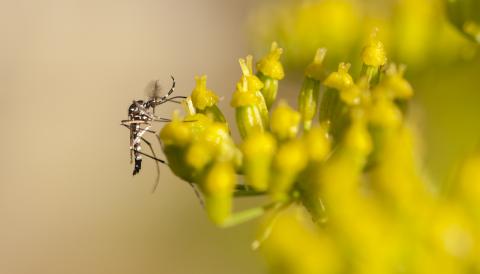Resolving the conflict between evolution and religion
Resolving the conflict between evolution and religion

Evolution is a historically controversial topic, and those that hold religious beliefs often reject the concept due to a perceived conflict between the two. However, in a study published in the journal American Biology Teacher, a group of Arizona State University researchers proved that evolution and religion don’t need to be at odds in the classroom.
“A ton of our students still don’t accept evolution, and the number one reason is because of their religious beliefs,” said Sara Brownell, a faculty member in the Center for Evolution and Medicine. “We could ask students to choose, but the reality is that for the most part they aren’t going to give up those beliefs to learn evolution. But while it’s often presented in the literature and popular press as an either-or situation, it doesn’t have to be.”
Brownell and doctoral student Liz Barnes teamed up with ASU's School of Life Sciences Professor James Elser to implement a teaching module in the latter’s introductory biology class. Their goal was to show students there are certain ways to make evolution and religion compatible by incorporating various discussions into the classroom. Many students may have never even considered that scientists can believe in both ideas.
To dispel that illusion, a religious scientist role model spoke to the class about the spectrum of relationships between evolution and religion. For example, some scientists believe in Theistic Evolution, the concept that God created the process of evolution to create life on Earth. By seeing an example of someone who can accept both concepts, religious students are able to imagine themselves in a similar position.
Then, the class discussed that science can answer certain questions and religion can answer other questions. According to Brownell, evolution and science in general are excellent when it comes to answering “what and how?”, but religion is able to answer “why?”
“Science can’t really answer why,” Brownell said. “In the same way, religion can’t really explain how something actually works. They’re just two different ways of knowing. So, presenting that to students helped them see they don’t have to be in conflict. They can have both of these beliefs and use them to answer different questions.”
Students were asked to take a survey both before and after experiencing the module, and the results showed a 50 percent reduction in the number of religious students who perceived a conflict between evolution and religion. The real surprise, Brownell said, is that non-religious students had a similar decrease in perceived conflict.
As it turned out, simply talking about the subject went a long way toward clearing the air between religion and evolution. Brownell explained that, due to personal beliefs or the potential for controversy, many teachers shy away from the subject. However, this study demonstrates that embracing the discussion will help keep religious students from rejecting evolution, which Brownell described as the core thread that connects all areas of biology.
As a next step, Brownell and Barnes plan to condense what was previously a two hour module into a ten minute discussion. The thinking is, if they can condense this down to such a short period of time, teachers lose very little class time discussing it and stand to help students a great deal.
*Photo courtesy of Sandra Leander*


